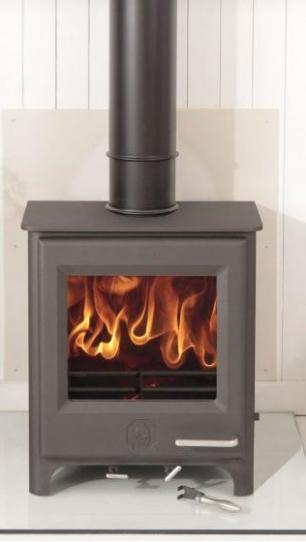
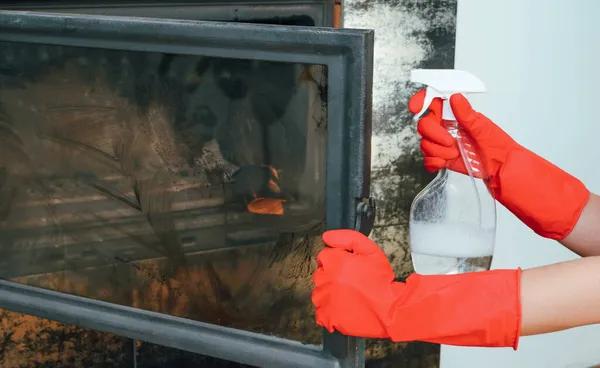
DO clean your wood/ log burning stove regularly. How often you do this, depends on its usage, and the type of logs you are burning. Some wood generates more ash than others. A stove used to heat the home will need the ash removed every couple of days, whereas one used more infrequently could wait until the ash is piled a little higher.
Clean the exterior of the stove with a soft dry rag/cloth or use the soft brush tool on your vacuum. For glass fronted stoves without an Air Wash system, use a dedicated glass cleaner, or the old-fashioned method is to take a damp rag or old newspaper and gently scrub the soot off the glass.
DON’T attempt to clean you stove whilst it is still lit or HOT! For your safety, wait until your stove is completely cooled/ cold before attempting any cleaning or maintenance.
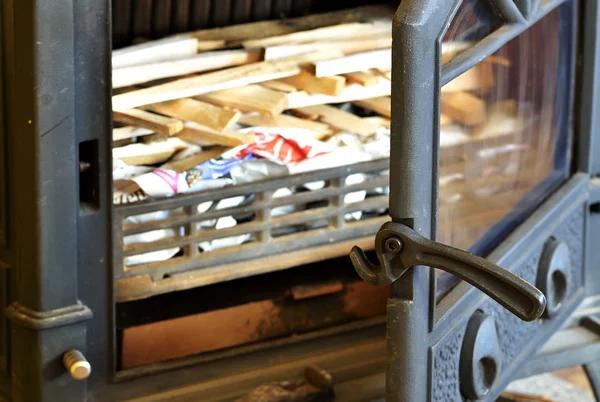
DO regularly inspect your stove. Get into the habit of visually inspecting any potential weak spots, such as door seals, hinges, ash drawer, glass screens etc. It goes without saying, if you do spot a potential problem, fix the fault / faulty item before you next use your stove.
DON’T forget to check the flue or chimney on a regular basis. You can look up and visually check the chimney, and maybe inside your flue, but the best course of action is to book a yearly registered chimney sweep to inspect and clear your chimney and flue or any creosote deposits that could potentially cause a fire in the chimney. A certificate will be issued to show that it has been inspected and cleaned. This will ensure that you are also validated for your home insurance.
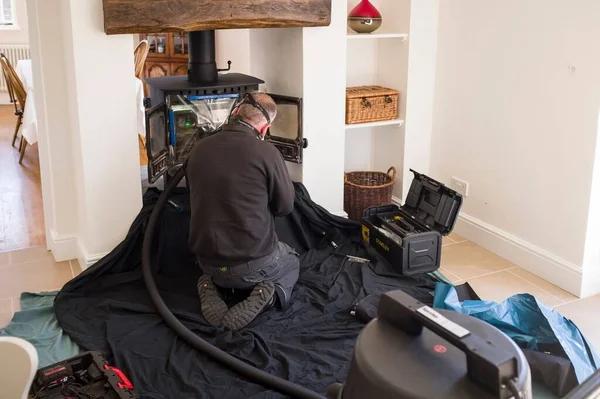
DON’T try to tackle chimney cleaning yourself. On the one hand, you need to be comfortable with heights, and some specialised tooling and expertise is required to clean your chimney and flue system correctly, without damaging it. A qualified chimney Sweep can inspect your flue system for potential issues utilising special cameras and tools, and either fix any small issues or could recommend a qualified installer to fix it correctly and safely for you.
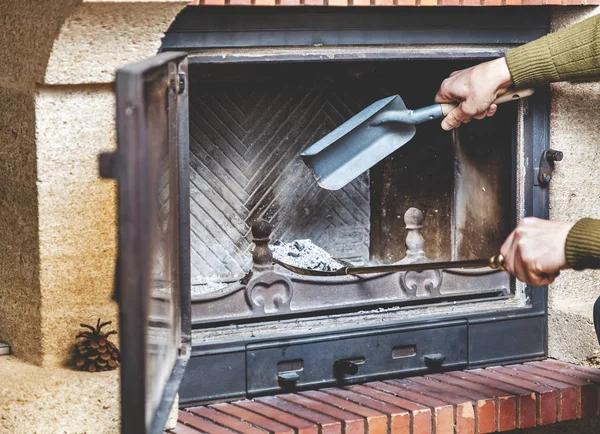
DO dispose of ashes regularly. The unfortunate side effect of enjoying the comfort and warmth of a mesmerising wood / multi-fuel stove fire, is having to clean it out. But needs must. If you do not regularly dispose of the ash inside of your stove, the build up of ash, will restrict the stove firebox capacity, and is unsightly. When you are unable to add enough fuel for a good, long, hot burn, or if the embers start to fall out when you open the door, it’s time to grab your metal ash bucket, gloves, and rake those ashes out. It is recommended to do this when the fire is cold for safety. You may well want to wear an apron or some old clothes as this can sometimes be a bit dusty and dirty.
DON’T get rid of all the ashes when cleaning. For all of you busy bee’s or lazy cleaners out there. It’s good news. It is far more efficient to leave about an inch layer of ash at the bottom of your firebox to insulate. This helps the heat to stay where it ought to be.
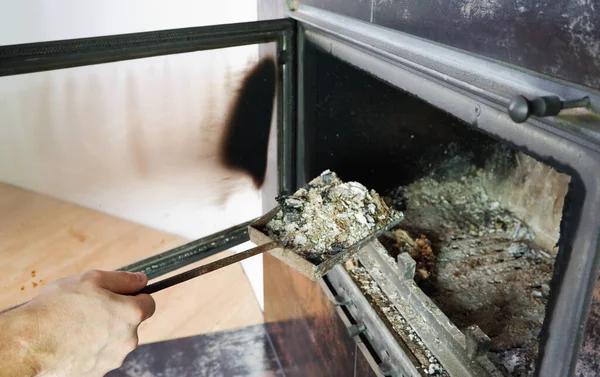
DO dispose of the ashes in a responsible way. On emptying the ash drawer, spritz the surface of the ashes with water, to dampen the surface, helping to abate some of the dust flying around during disposal. Keep in mind, that sometimes, small embers may be hidden amongst the ashes, so emptying into a metal ash bucket or metal ash bin is recommended, as small hidden embers may cause a fire if a plastic bucket, bin or vacuum is used. Once you are sure that the ash is truly cold, these ashes can be transferred into your normal rubbish bins, or better yet, used as a fertiliser on your garden flower beds.
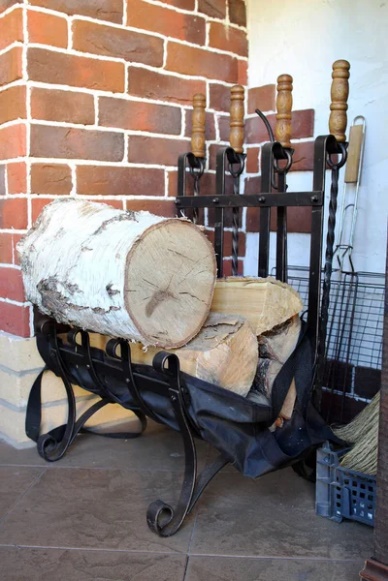
DO use purpose-built metal tools. Cast iron, steel and galvanised steel are the best choices for ash removal and other fireplace tools that you’ll need to poke logs, deal with stray embers or remove ash. There is a wide range of fireside tools available to suit any aesthetic tastes or budget in the wider marketplace.
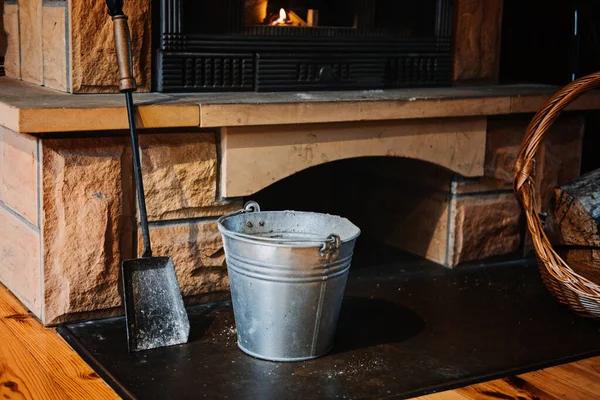
DON’T make the mistake of using cheap tools or plastic buckets that are not made to withstand the high temperatures of a fire and embers. Safety first justifies the cost of buying and using the correct tools and equipment. It’s simply not worth the risk to yourself, family and home.